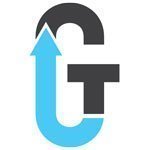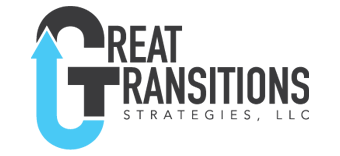Describe at least five characteristics of the best team you were a member of. It can be any team you like, professional, at work, sports, or volunteer group.
Now describe what it felt like to be part of that team.
Let’s go to the other end of the spectrum and describe as least five characteristics of the worst team you were part of.
Now describe what it felt like to be part of that team.
I am going to stick with the positive team and provide some guesses on what you may have listed.
- We all abided by a standard that we agreed to
- We held each other accountable to the standards; performance, behavior, work ethic, etc.
- We were focused on a challenging issue
- We needed everyone’s input
- We were able to speak our minds freely without fear of being judged
- We did not take anything personal and were able to disagree on issues and work throughout differences
- When we came together, we worked hard and accomplished difficult tasks
- We made each other better
- The team got better the more we worked together
- We had a relationship with everyone on the team
The feelings associated with the teams usually range from energy producing, professionally satisfying to frustrating, depressing, and energy zapping.
The research of J. Richard Hackman documented in his book Senior Leadership Teams, documented six conditions that were found to have an impact on team effectiveness. The six conditions are in two categories; the essentials and the enablers. “Essentials” conditions are the foundation a team is built on. The “enablers” are the conditions that allow a team to accelerate its level of performance.

Let’s focus the enabling condition “Solid Structure” because it is easy to understand and evaluate.
Dr. Hackman describes “Solid Structure” consisting of three elements; team size, task design, and norms. Let’s analyze your examples above against the “Solid Structure” conditions.
Size: A team that rises to the level of double digits is from the outset setting up challenges. The more participants the more relationships that need to be managed. For a team of 5, each member has to manage 4 relationships, a total of 20. For a team of 10, each member must manage 9 relationships, a total of 90. Wow. Double the size and the complexity is multiplied by more than four. Getting valuable input from each member is challenging in large teams. Different studies have come up with a range of 4-7 as optimum. That does not mean no large teams. Just understand the impact, level of complexity, and variability of effectiveness you are building into a team that is large.
Task Design: Are the tasks assigned to the team, work it is well positioned to do? Do they have the right knowledge, skills, and abilities to accomplish the task? Too hard or too easy can be a factor.
Team Norms: The last element encompasses the expectations, rules, and culture of how the team works together. Work ethic, interactions, addressing difficult issues, psychological safety, and standards of behavior are all part of team norms. For some teams that I have worked with they have decided to put a “team charter” in place, documenting the team norms.
How did the teams from your examples fulfill the condition” Solid Structure”? My guess is that your high performing team met many if not all. That is not to say a team void of these conditions is doomed. It says that if a team is established without these conditions, it has a wider variability on being successful. These elements of the condition “Solid Structure” put a smooth road in place for the team to drive on. The likelihood of an accident is reduced when weather conditions are bad on a well-paved, drained, marked, and lit road.
Now look at a team you are on or have formed. How well does its structure meet the “Solid Structure” criteria? What actions do you need to take to put the team on a smooth well paved road?






